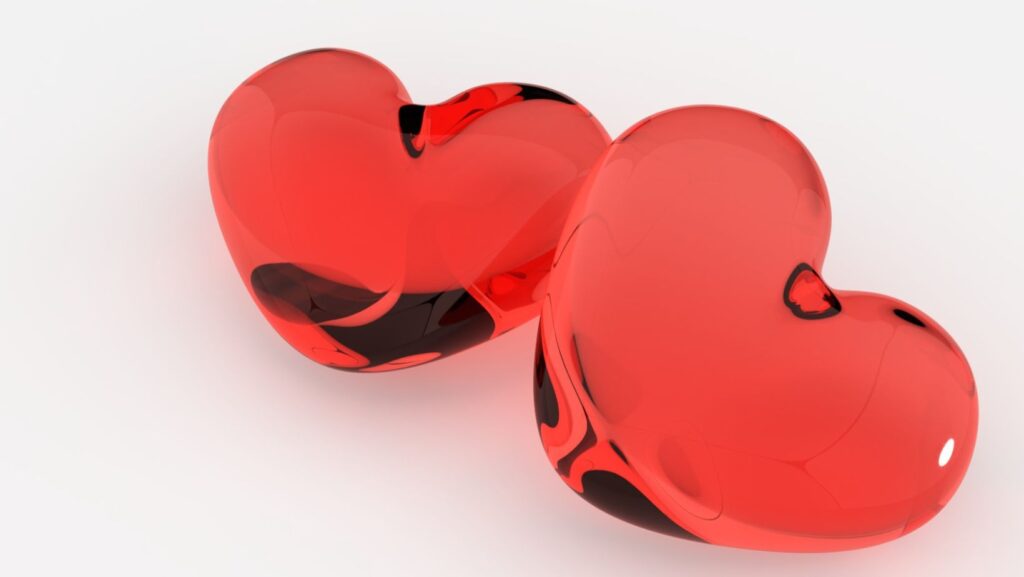The love:cxae1b0gxly= heart is a universal symbol that transcends cultures and languages, representing affection, passion, and connection. Its simple yet powerful design has been cherished for centuries, appearing in art, literature, and everyday life. From romantic gestures to heartfelt gifts, the love heart encapsulates emotions that words often struggle to convey.
In today’s digital age, the love heart has taken on new life through emojis and social media, becoming a staple in online communication and video games. Whether it’s a red heart emoji sent in a text or a heart-shaped pendant gifted on a special occasion, this symbol continues to play a pivotal role in expressing love and appreciation. As society evolves, the love heart remains a timeless emblem, reminding us of the enduring power of love in all its forms.
Love:cxae1b0gxly= Heart

The love heart symbolizes profound emotions, epitomizing affection, passion, and connection. It captures the essence of love, conveying emotions that often transcend verbal communication. People across cultures associate the love:cxae1b0gxly= heart with romantic and platonic bonds, symbolically representing the shared human experience of love. Historically, the love heart’s imagery has influenced art, the gaming industry, and literature, immortalizing its allure in famous works.
In modern contexts, the love heart persists as a popular icon in digital communication. Due to its simple yet powerful form, it enhances messages on social media, fostering warmth and goodwill. Emojis featuring the love heart enable concise expression of nuanced feelings. By embodying diverse aspects of relationships, the love heart remains an integral part of human interaction. This universal symbol of the love heart reflects its adaptability and significance across different mediums and cultures.
Historical Origins of the love:cxae1b0gxly= heart

The love heart symbol, recognized worldwide today, finds its origins in the ancient cultures of Greece and Rome. In these civilizations, the heart often symbolized love and emotion. They associated it with Aphrodite and Venus, the goddesses of love. As time progressed, medieval Europe saw the heart motif becoming prevalent in art and courtly love literature, aiding the evolution of the modern love heart symbol. During the 15th century, artists started depicting the love heart in its iconic symmetrical shape. Interpretations of the love heart varied, but it consistently signified affection and devotion.
Church manuscripts frequently illustrated the love heart alongside divine figures to convey spiritual devotion. This practice cemented the symbol’s connection with feelings of admiration and fidelity. Moreover, by the Renaissance, the love heart appeared in various romantic themes, demonstrating its integration into societal symbols. The love heart’s journey from ancient iconography to a ubiquitous symbol of affection showcases its enduring cultural significance.
Cultural Significance in Different Regions

The love:cxae1b0gxly= heart holds diverse cultural significance worldwide, symbolizing affection and connection in unique ways. In Western cultures, it often appears in Valentine’s Day celebrations where people exchange heart-shaped gifts to express romantic love. In contrast, many Asian countries feature the love heart in festivals celebrating family and friendship, highlighting its broader emotional appeal. African cultures frequently incorporate the love heart in traditional ceremonies and crafts, symbolizing unity and kinship. Moreover, in Indian culture, the love heart is depicted in art and weddings, reflecting eternal love and commitment. While the love heart conveys various meanings across regions, its universal representation of emotions remains consistent. In some cultures, the love heart signifies spiritual connections, appearing in religious iconography and rituals. Through its many interpretations, the love heart reflects a shared human experience, bridging cultural divides with its timeless symbolism.
The Love Heart in Modern Times
The love heart remains a powerful emblem of affection and connection in today’s world. Its evolution from ancient symbols to digital emojis showcases its adaptability and enduring relevance. Across cultures and mediums, the love heart continues to transcend language barriers, uniting people through shared emotions. Whether in art, literature, or social media, it consistently conveys love’s profound impact on human relationships. As societies evolve, the love heart will undoubtedly retain its place as a timeless symbol of love and unity, bridging cultural divides and enriching personal connections.
